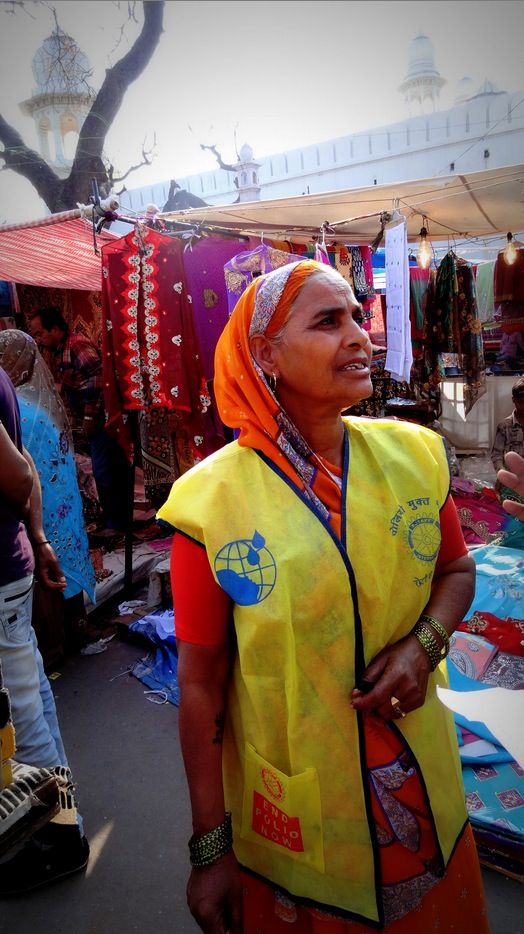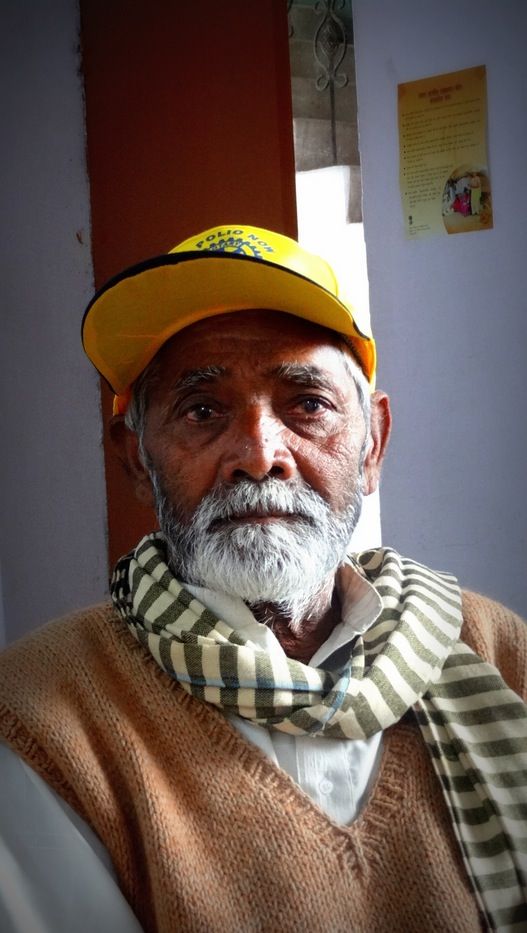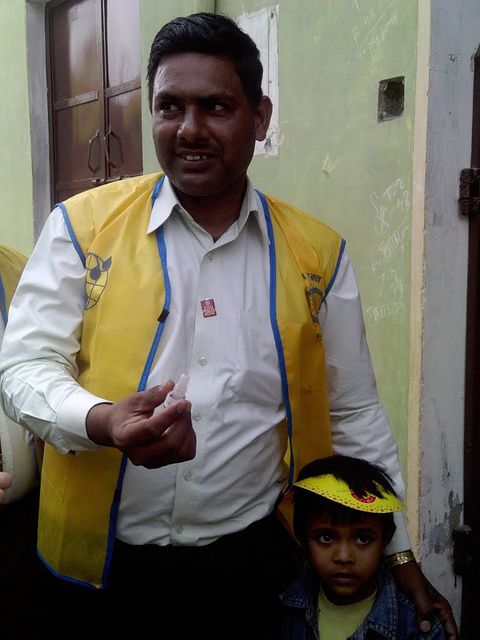May 21, 2013 | The Atlantic
The public image of the polio campaign (formally known as the Global Polio Eradication Initiative or GPEI) is Bill Gates. He is the most famous of those involved, at least.
However, in polio-affected areas of India, the faces of the campaign are much more local. In a single immunization round, 2.5 million vaccinators will work hard to make sure that 170 million children under the age of five are vaccinated. Nearly 700,000 booths are set up nationwide. It is a massive effort. These images are of the faces behind the polio effort in Aligarh, one of the many affected towns in Uttar Pradesh, India.

















